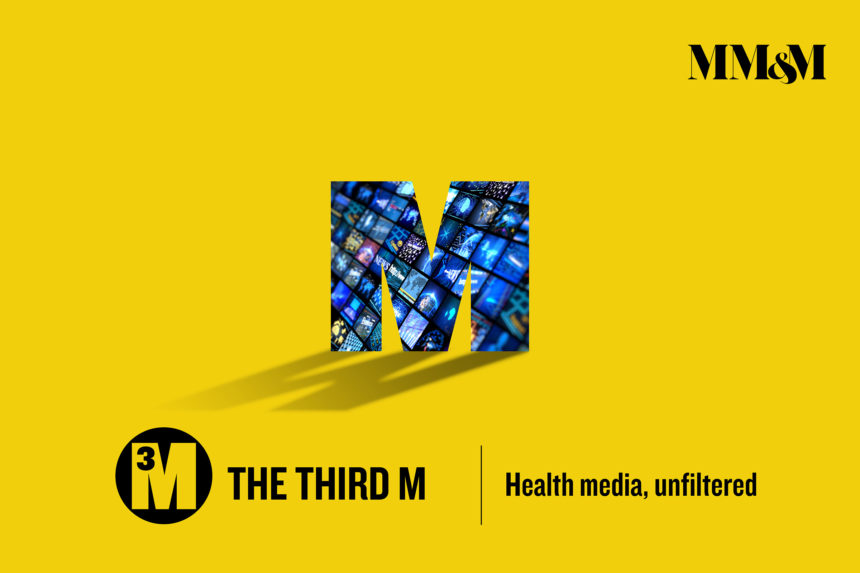In last week’s Third M column, we asked a handful of media observers – Courtney Tyne, senior director, value & access at W2O Group; Jane Sarasohn-Kahn, founder of THINK-Health; Wendy Blackburn, EVP at Intouch Group; and Daniel Elu, group VP, consumer Rx strategy & insights lead at Publicis Health Media – to assess the coverage of health-related issues during the first few “official” months of the Presidential campaign. This week, we asked the same group to weigh in on what they anticipate we’ll see as the campaign kicks into overdrive. As before, responses have been lightly edited for length and clarity.
What has been missing in the reporting and presentation of information? What can the media (and specifically health media) do better?
Tyne: I would like to see more reporting about what is happening at the state level, given the expected gridlock in DC leading up to the elections. If outlets reported on state-level trends, I would be hooked. For example, are state-mandated price transparency requirements giving us actionable data? Are out-of-pocket caps for insulin really lowering patient costs overall, or do these costs just get shifted to patients’ premiums? There is so much happening at the state level when it comes to healthcare costs. What are these trends saying about where we’re at as a country right now?
Sarasohn-Kahn: Health financial literacy and health-plan literacy are huge challenges as more patients-as-payors face high deductibles and greater financial risk-sharing in their health plan designs. Communicators need to engage people with greater clarity, humanity, empathy and consumer-centered design. Videos and graphics would help, too.
Blackburn: When it comes to discussions around healthcare reform, Big Pharma is an easy target. For all the talk about high drug prices, lost in the translation is the fact that drug prices account for just 10% to 14% of the total spent on healthcare in the U.S.
Beyond healthcare reform, data privacy and security is another topic we should all be paying attention to. Both sides are hungry for movement at the federal level. Meanwhile, states are enacting their own legislation, creating a quagmire of regulation that’s impossible for marketers to follow.
Elu: Health media has a tremendous opportunity to help rationalize the conversation that’s happening. Mainstream media invariably falls back on the cult of personality and the theater of politics. Health media has the capacity to take personality out of it to focus on the proposals—to cover the options on the table for people and be more open about the choices that exist for them, as well as the tradeoffs.
What are the examples of coverage done “right,” for lack of a more elegant way to put it?
Sarasohn-Kahn: We can point to excellent coverage on costs in some local papers, NPR, Politico, the New York Times and via Kaiser Health News. Much of this coverage features a personal story about an individual or family, anecdotes which the healthcare journalists then use as lessons with larger implications for health consumers and health citizens. Jeanne Pinder, a reporter who once worked at the NY Times, started her website Clear Health Costs to crowdsource readers’ healthcare costs and has been collaborating with healthcare journalists in different metro markets around the U.S. She’s delivering price transparency through mass media.
For health/wellness coverage during the next few months of the campaign, what is your best-case scenario?
Tyne: My prediction is that the outlets who are doing it right will continue to do it right. However, given who is running, I have a feeling that the regular media will focus on the antics of the campaign trail rather than substantively covering the healthcare issues that affect patients.
Sarasohn-Kahn: The best-case scenario is we’ll have clearer explanations about healthcare reform and costs that are contextualized in terms of the current system delivery and financing, and then speaking to people “where they live” and educating them. Most importantly, we must drive every individual voter to vote and express their wishes at the polling place in November. This is as important at the state and local level as in the national elections when it comes to healthcare, as well as climate change, transportation, income equality, food and the environment (think water quality in Flint). These are all touchpoints for social determinants of health.
The worst-case scenario will be the politicization of this information without imparting helpful knowledge to consumers. We should educate them as the health citizens we all aspire to be: engaged in our health, our civics and politics and our communities. I can hope for the best-case: that we get informed, motivated to vote, and engaged in our health to inspire our fellow Americans on their own personal health journeys.
Blackburn: Drug pricing is absolutely at the forefront of the conversation and will continue to be so.
Elu: Health impacts the individual, but healthcare is about the whole. There’s an entire ecosystem that supports health options and choices, and media coverage stands to benefit from including all stakeholders in the conversations—patients and physicians, pharmaceutical and insurance industries—to generate more of a surround-sound perspective.
Healthcare leaders in particular have an opportunity, and a responsibility, to be more forward-facing and engage in these conversations, as opposed to letting politics drive the narrative entirely. At the end of the day, healthcare is about driving better outcomes for people. We need to hear from health experts who know what that looks like on a national level, and how to help us get there.







